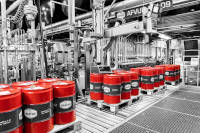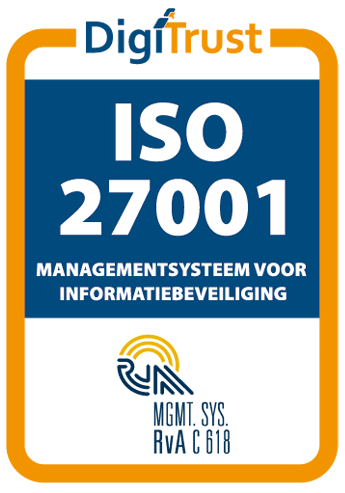“Risk comes from not knowing what you’re doing.” Although these words by Warren Buffett originated in the investment world, it is also extremely relevant for a safe and high-quality business. In the food industry – as well as in other sectors – the importance of risk mitigation is invaluable. It is particularly evident in ensuring both product quality and the safety of all parties involved. Therefore, the pursuit of strong business operations goes hand in hand with quality management. Fred Vahlkamp, the founder of ManualMaster, shares his views on the importance of a strong risk analysis in setting up a quality management system (QMS).
“More and more companies, especially in the food industry, are designing their QMS based on a risk analysis,” says Fred. There are two elements to consider. First, one needs to lay out the realistic and common risks for the organization in question. These risks may vary even within one product category: where a small-scale dairy farmer is less concerned about the cross-contamination of, for example, nuts, a large-scale producer needs to take this risk into account in a while processing different foods from various sources.
Second, one needs to examine the possible consequences of all risks. The risk assessment should include both the impact and the probability of the unfavourable event. If the consequences could be catastrophic, but the odds of it happening are minimal, this should be considered in a proportionate way. The comparison of various risk factors and their weights forms a risk analysis, which, in turn, lays a foundation for a QMS.
However, the risk impact and probability are not the only factors influencing such systems – laws and regulations are of no less importance. Yet sometimes they lead to bizarre situations. “One of the customers shared an anecdotal experience with me”, says Fred. “He works in the canning industry and, of course, employees are always obliged to wear hair nets in the workplace. The thing is that “always” is the problem. Because how can you get a hair in a jar that’s already closed?”

Despite an apparent lack of logic in this situation, these are the general rules that everyone in the supply chain of food industry must adhere to. It demonstrates the importance of one’s own risk analysis in a broader context than just the prescribed standards. On one hand, a strong insight into organization specific risks is necessary to evaluate which national rules require extra attention in the workplace. On the other hand, it’s essential to map out one’s own blind spots, even if those deviate from government set requirements.
There are various systems available on the market for an effective risk assessment, which, in turn, lead to a QMS based on the most relevant factors. This can be done, for example, through a one-time analysis in which an external party looks at possible points for improvement in a potentially already prepared report. There is also the possibility of a long-term collaboration with an external party, whereby the risk analysis is the first step, followed by a supervised preparation of an appropriate quality management system and ongoing support in this regard.
Regardless of how such a system is established in an organization, Fred’s conclusion is clear: “What you should aim for is to not only follow the rules and regulations, but also build a good risk analysis and quality management system that keeps you very close to your business operations. This is the challenge.”







